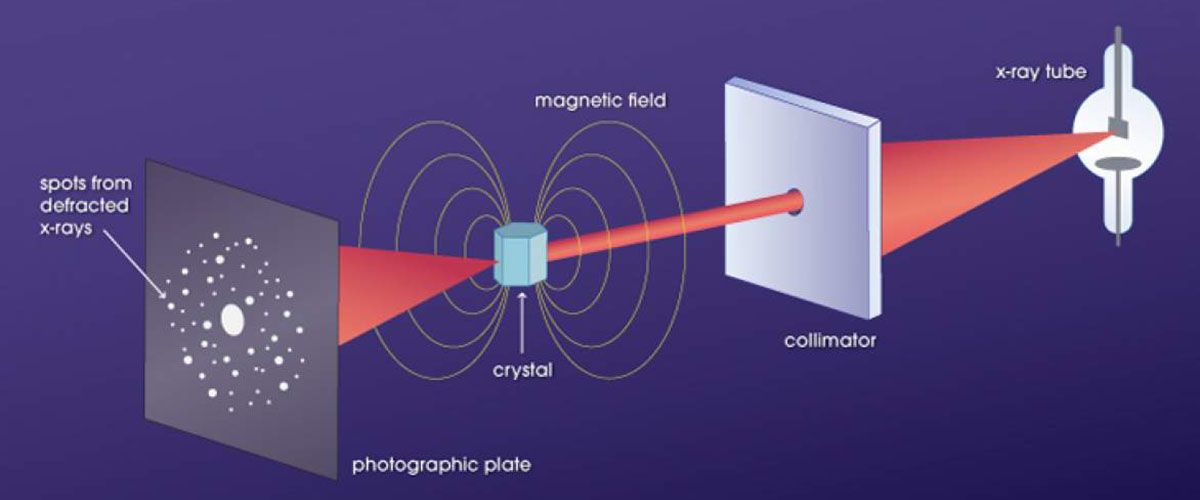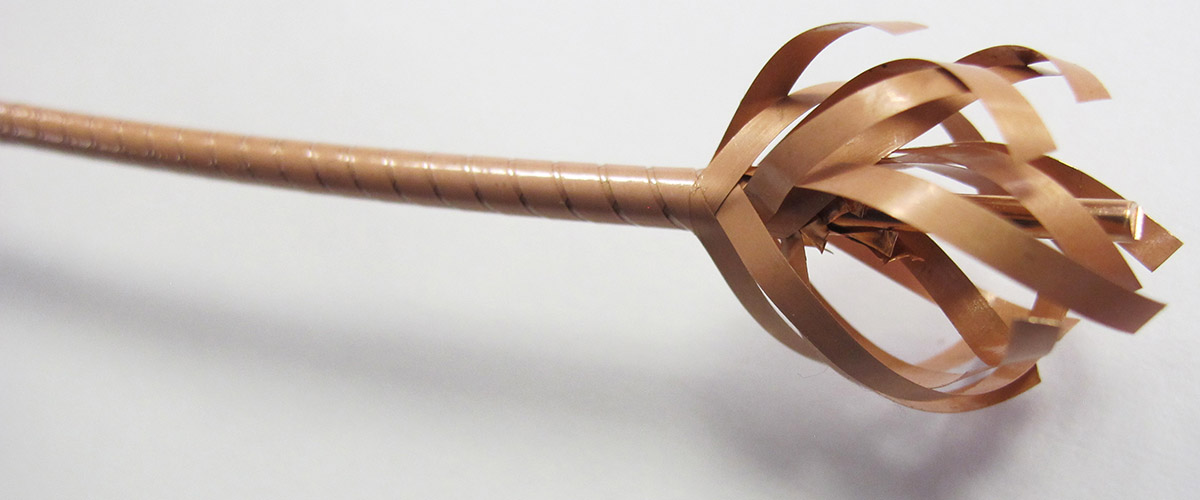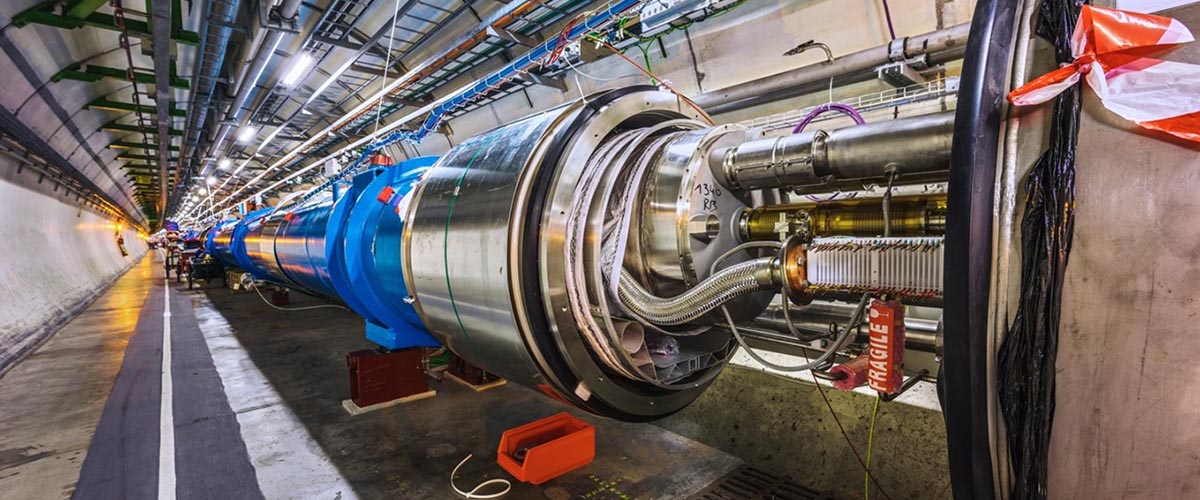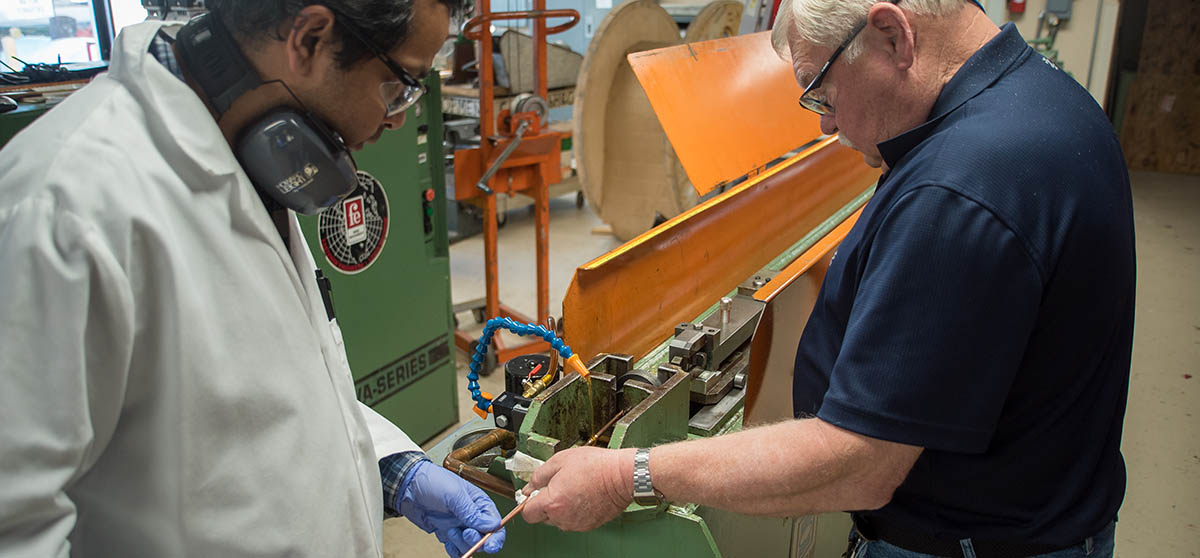Contact: Kristin Roberts or Theo Siegrist
TALLAHASSEE, Fla. — With a new $1.2 million grant from the National Science Foundation, a team of researchers led by National MagLab physicist Theo Siegrist will build the world’s strongest x-ray diffraction tool available in high magnetic fields. The goal: Learn more about the position and arrangements of atoms in superconductors and other complex materials.
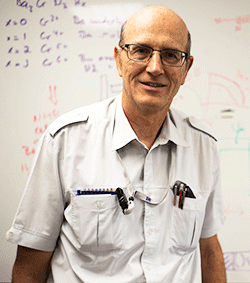
Theo Siegrist.
Currently, x-ray diffraction is only available up to 15 tesla, making this new instrument almost 70 percent stronger than what has been available for x-ray studies. (A tesla is a measurement of the strength of a magnetic field; a junkyard magnet that can pick up a car is about 1 tesla.)
X-rays are a type of wave on the electromagnetic spectrum that can pass through materials. Researchers channel x-rays using a tool called an x-ray diffractometer to see how they interact with crystals. After coming in contact with the crystal, the x-rays create a unique transmission and reflection pattern that acts as a sort of fingerprint, telling researchers important information about the structure, composition and physical properties of the material.
X-ray diffraction has been around for decades, but what’s unique about this grant is that it combines the capability of an x-ray diffractometer with one of the world’s most unique magnets to understand even more about the three-dimensional structure of crystalline materials as they change in high magnetic fields in real time.
"Essentially, we are using x-rays as a probe to measure changes in the crystal lattice that can only be created in high fields," said Siegrist, a professor in chemical engineering at the Florida A&M University/Florida State University College of Engineering. "Magnetic fields can create interesting phase transitions and order in materials that we will be able to study in a whole new way with this tool."
The new x-ray diffractometer will be built into the MagLab’s 25 tesla split helix magnet, an instrument that features four large openings so that scientists can channel x-rays on the material they are studying while simultaneously maintaining a high magnetic field.
The x-ray diffractometer will be built by a team of MagLab scientists, including Julia Smith, Alexey Kovalev and Alexey Suslov. When completed, the one-of-a-kind instrument will become available for scientists around the world to use for free through a competitive proposal process.
Story by Kristin Roberts. Photos by Stephen Bilenky.



